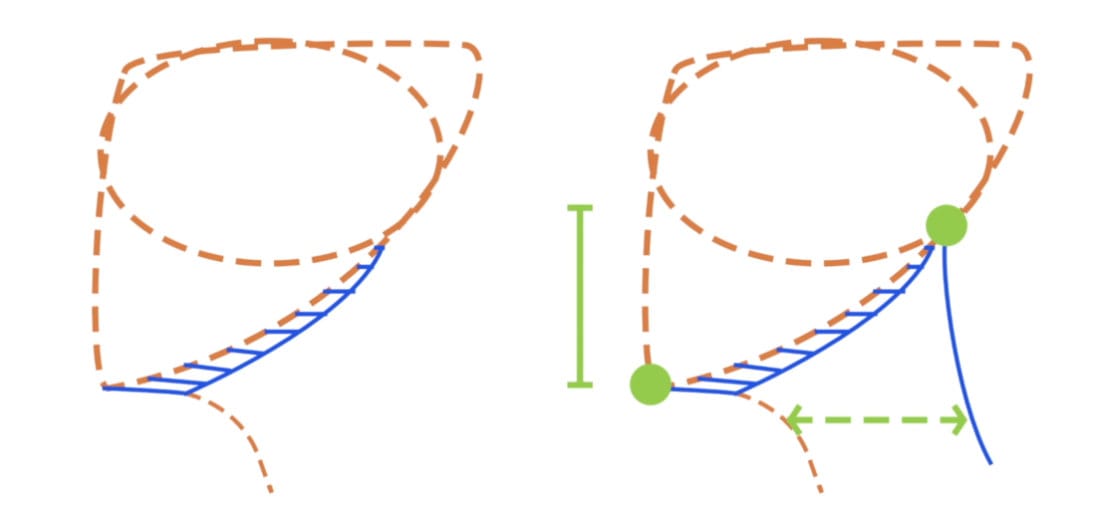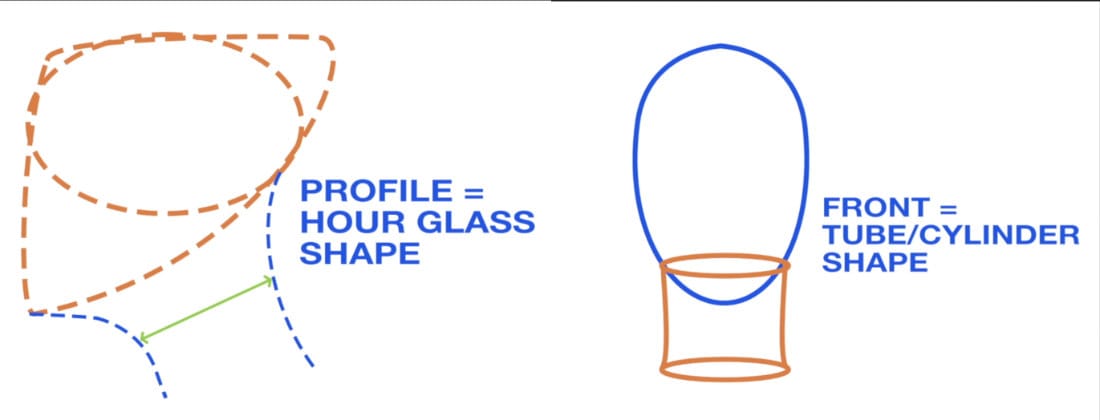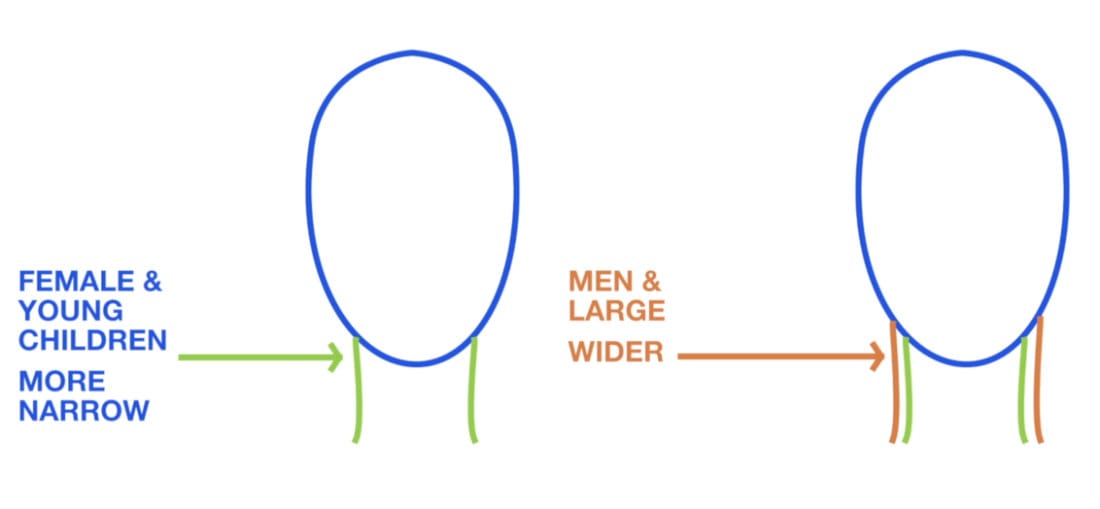Neck Anatomy and Construction: Profile and Front View
Master neck construction with simple shapes. Learn the hourglass shape from profile view, cylinder form from front view, where the neck connects to the skull, and how neck width varies. Essential anatomy knowledge for portrait drawing.

Before drawing the neck, you need to understand its basic construction. The neck has distinct shapes from different views and connects to the skull at specific points. Get these fundamentals right, and your portraits will look significantly more accurate.
What You'll Learn
- Profile view: hourglass shape structure
- Front view: cylinder/tube construction
- Where the neck connects to the skull
- The digastric plane under the chin
- Common mistake: neck too narrow
- How neck width varies by gender and age
Video Lesson
Profile View: The Hourglass Shape
From the profile, the neck creates an hourglass shape. It's wider at the top where it meets the skull, narrows as it moves down, then flares out again as it meets the shoulders. This characteristic is essential to capture.

The Digastric Plane
Under the chin, there's depth and volume visible even from profile view. This area has more volume toward the chin and tapers as it reaches the bottom of the ear. This changes based on whether the chin is tucked or stretched upward.
Where the Neck Connects
The back of the neck meets the skull much higher than the front. This is critical. The back connection point sits roughly at eye level, while the front connects lower, creating significant height difference between front and back.
This means the back of the neck has more volume and length than the front.

Common Mistake: Neck Too Narrow
Beginners typically make necks too narrow because they join the back of the neck too low on the skull. When the back connection is correct (high on the skull), the neck automatically has proper width.
Front View: Cylinder Shape
From the front, the neck is essentially a cylinder or tube shape. It tends to widen as it meets the shoulders, but a simple tube form describes it well. This cylinder can bend forward, tilt back, or go sideways depending on the pose.

Neck Width Varies
Female and young children typically have narrower necks. Males and larger individuals have wider necks. This is common sense anatomy, but worth noting as you observe your subject.
Study Assignment
Before the next lesson (drawing demonstration), study necks in photos:
- Identify the hourglass shape from profile
- Find the cylinder shape from front
- Locate the back connection point (high on skull)
- Notice width variations
- Observe the digastric plane under chin
Don't draw yet - just analyze the construction.
Next Lesson: We'll apply this knowledge in a neck drawing demonstration.
Continue Learning
- Previous: Skull Front View Drawing Demo
- Next: How To Draw Neck
- Course Hub: Complete Head Drawing Course
Continue Learning
If you enjoyed this hand drawing course, explore even more lessons on our Free Drawing Tutorials & Courses Hub — including the complete How to Draw – Beginner’s Course.
Want new tutorials delivered to your inbox? Subscribe here and get free lessons, tips, and inspiration sent directly to you.




